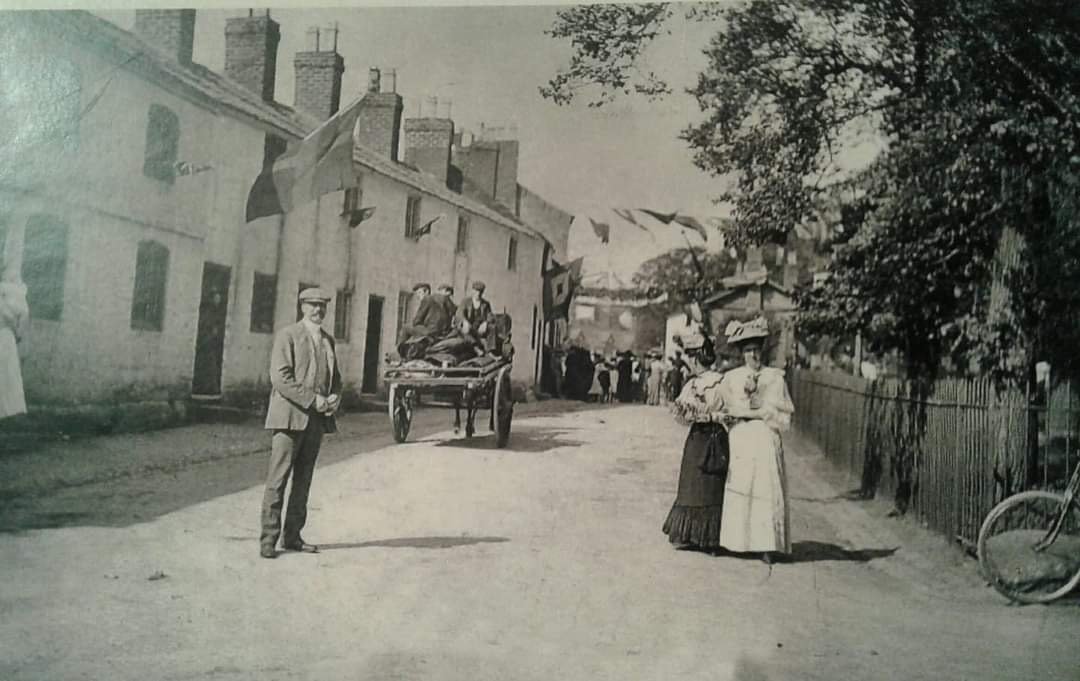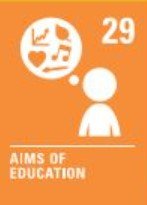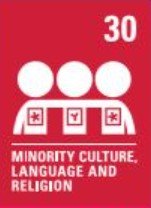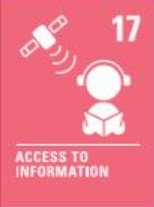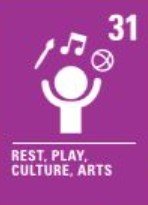History at Heygarth
Subject leader: Miss R Ralfe
Heygarth’s History intent
We believe that a love of History begins in Foundation Stage, where children develop a curiosity for the past through play, which will be nurtured throughout school life. We provide children with a strong chronological knowledge of periods of History, enabling them to develop a thorough timeline of how society has developed. They will be able to compare and contrast themes and events throughout History and will use their knowledge from Year 1 all the way up to Year 6 to develop their arguments. We will provide a curriculum that encourages children to be critical thinkers, evaluating evidence and discovering how Historians work, through hands-on exploration of artefacts, clues and secondary sources.
Our vision is that children will leave Heygarth with an enquiring, critical mind and a thorough knowledge of chronological events throughout History, and how they impact us today.
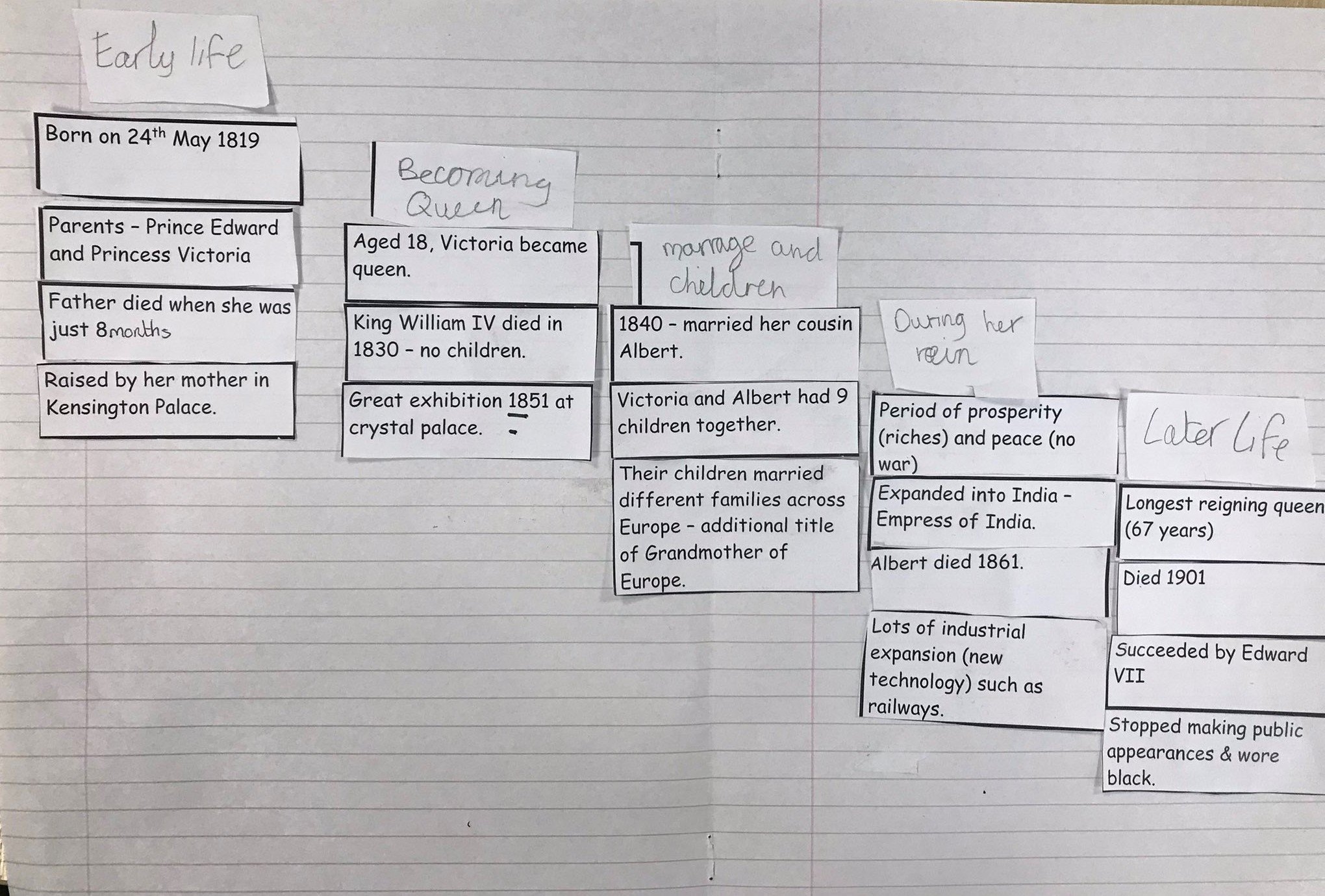
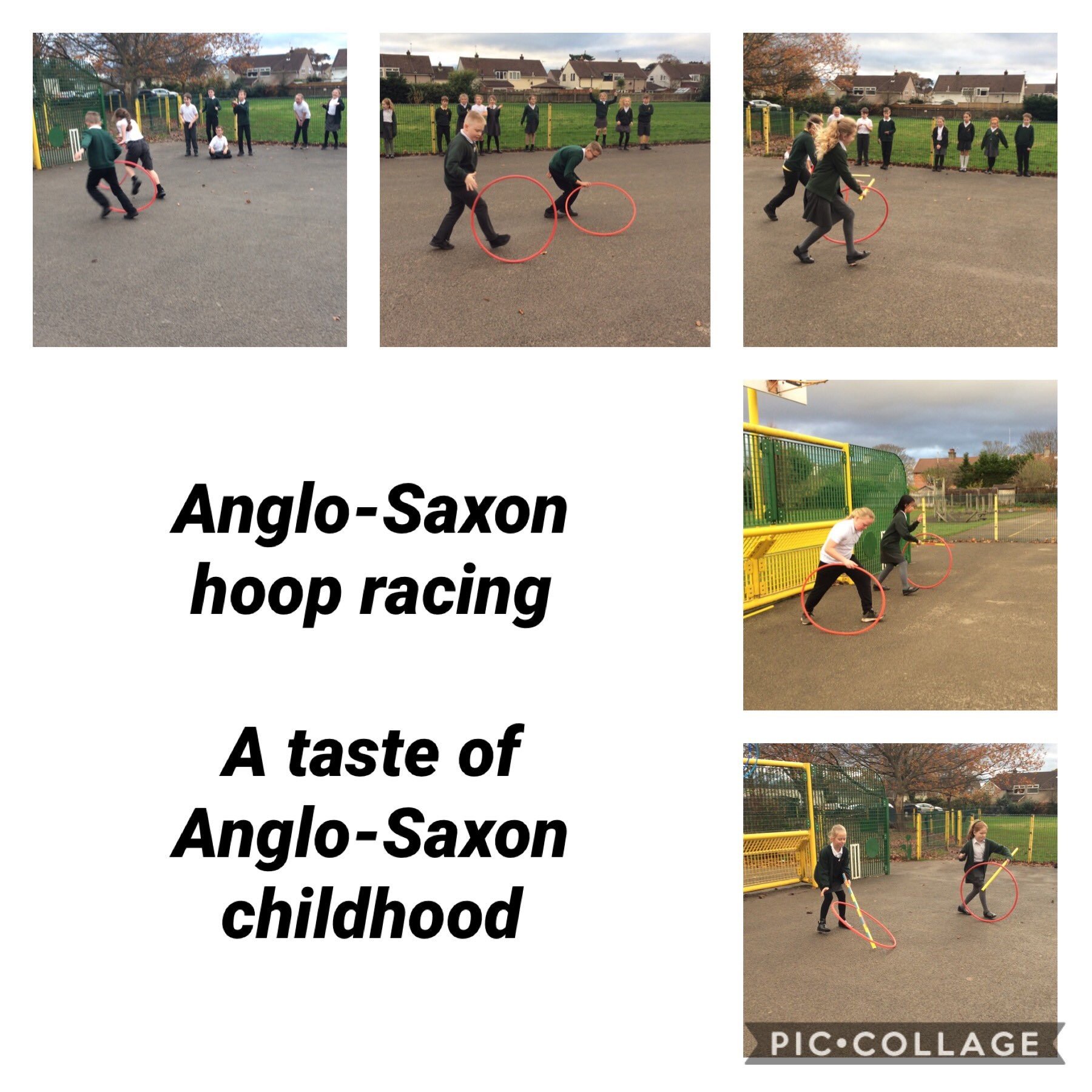

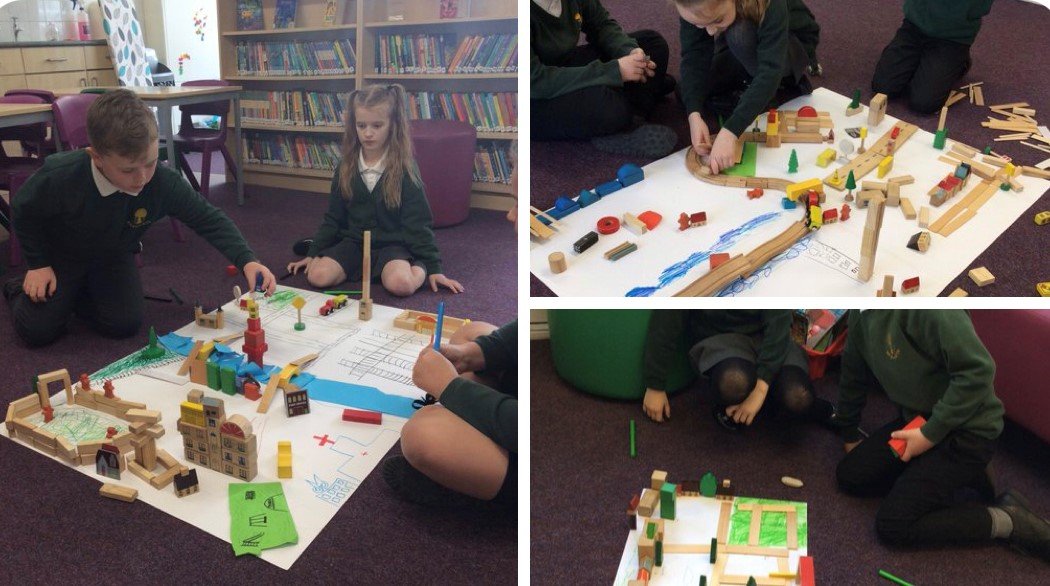
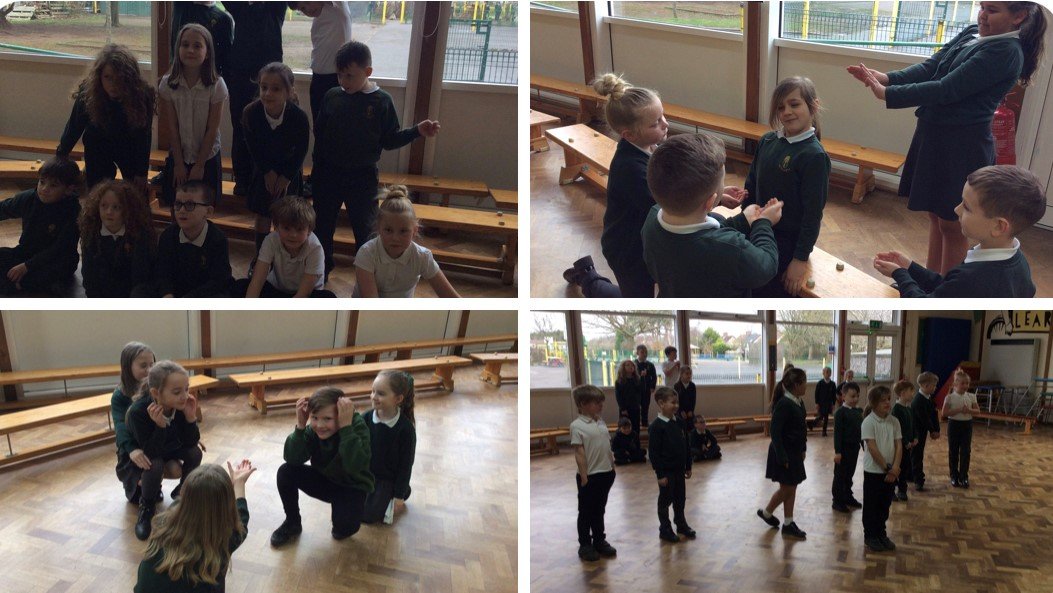


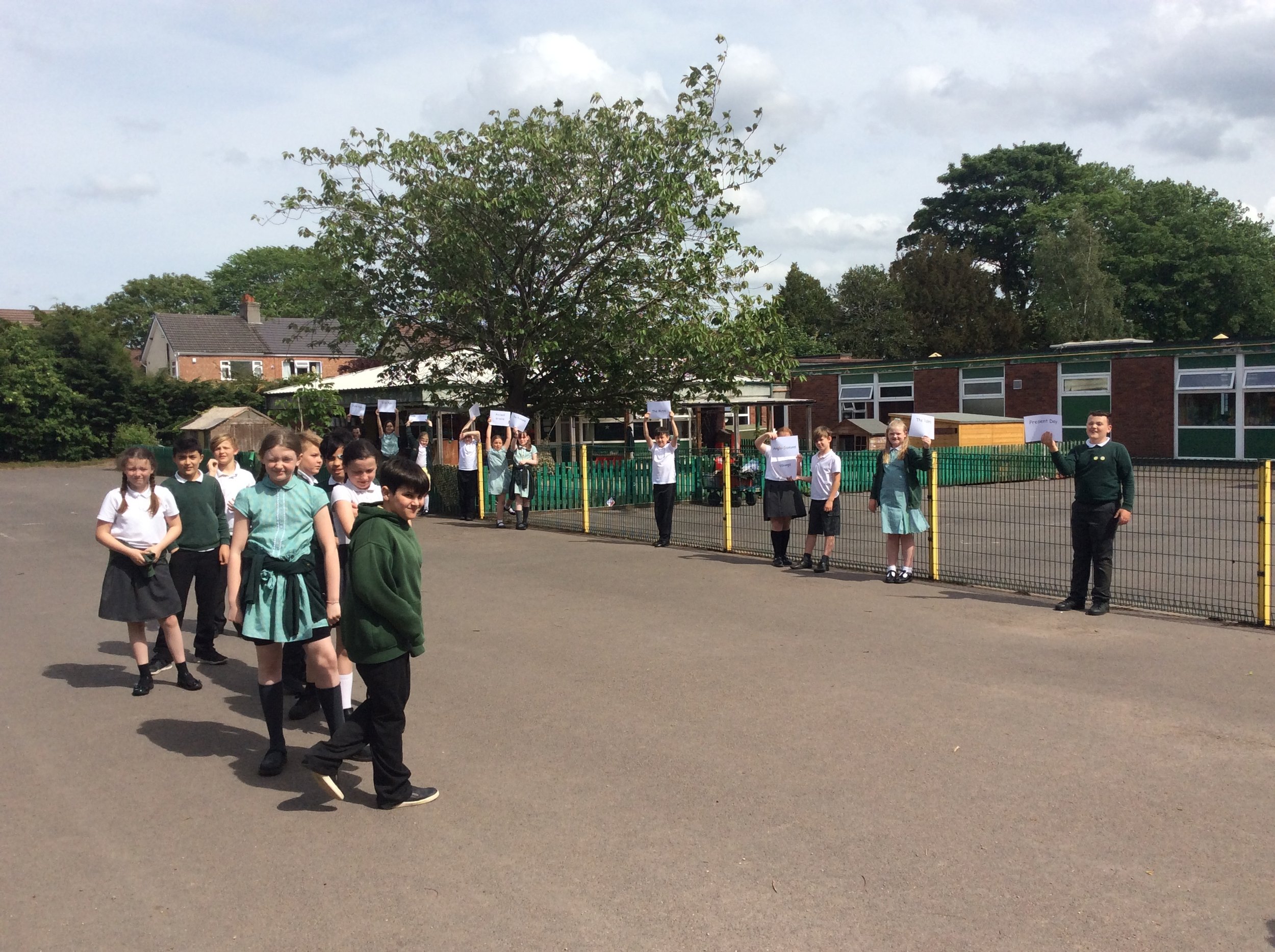


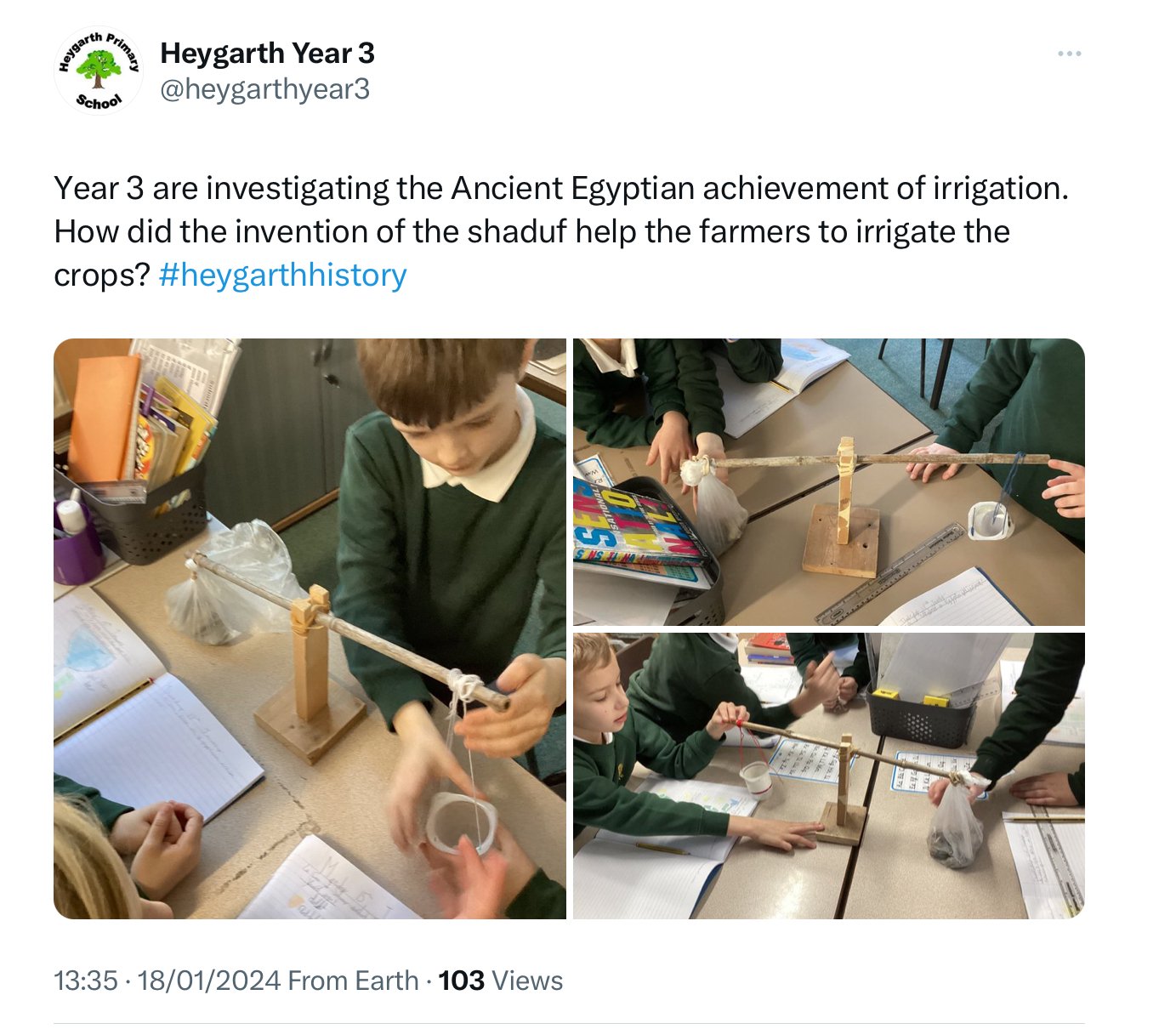

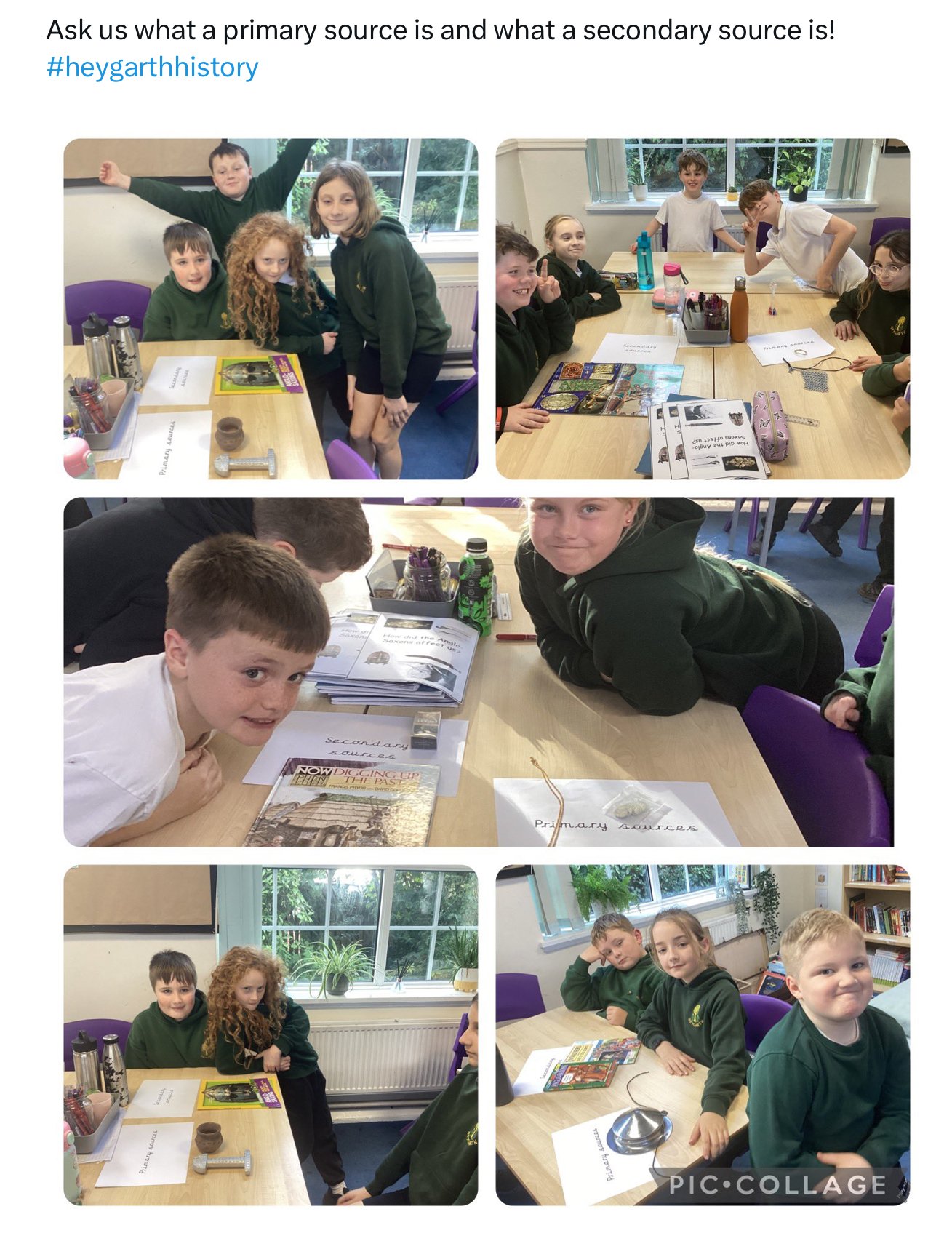
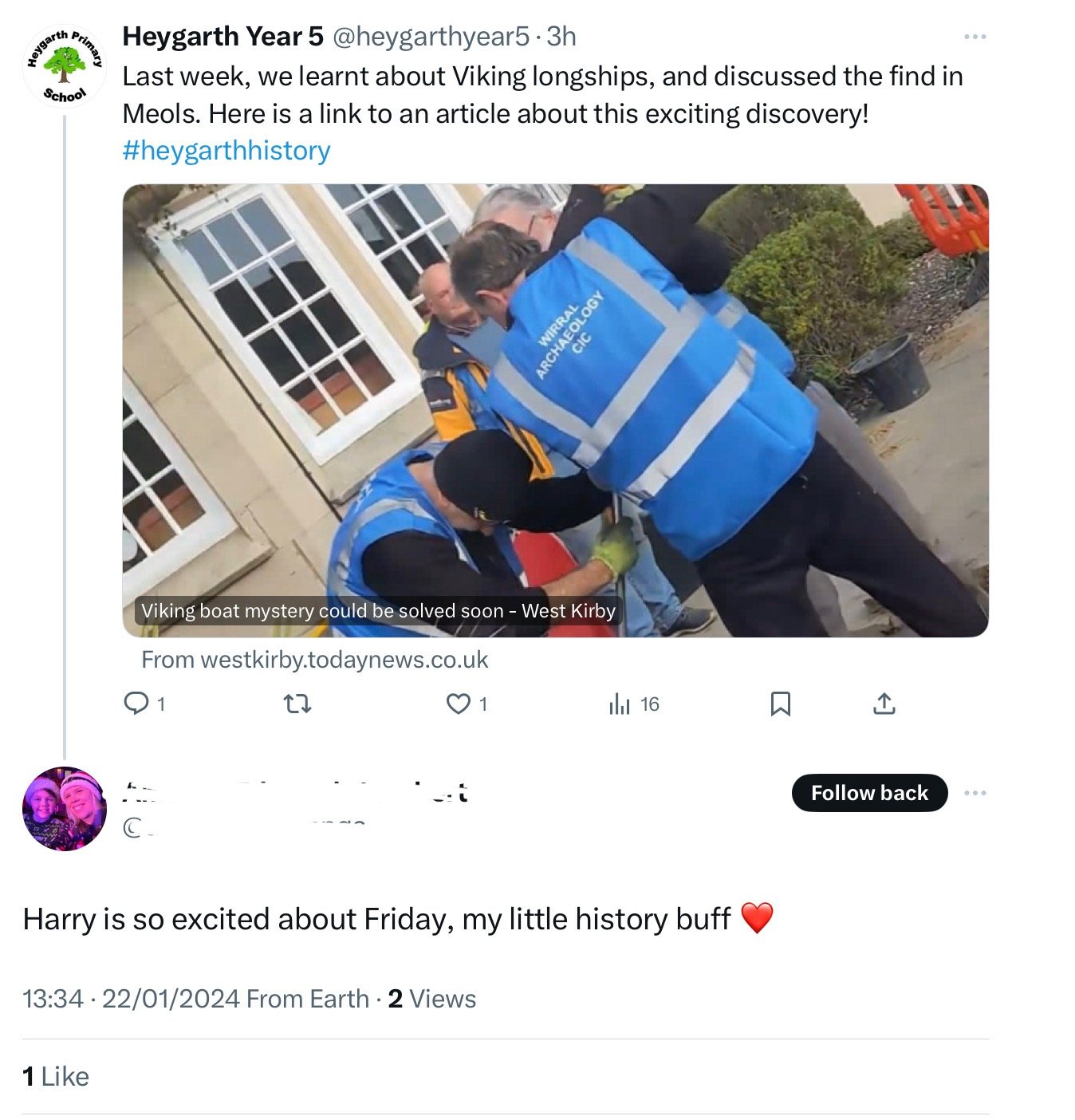
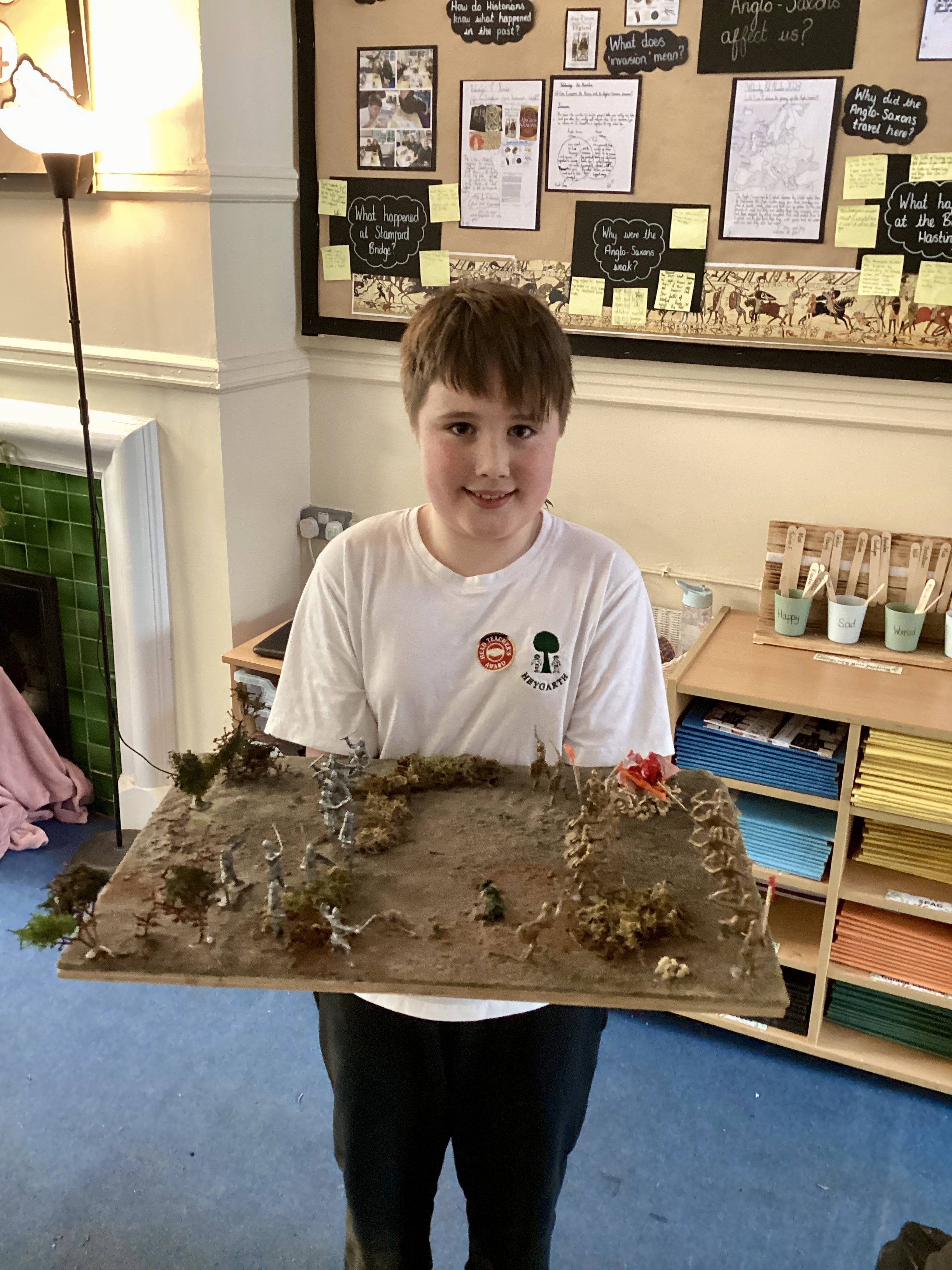



What our children think
“History is learning about the past, how it affects us, how things have changed and how Historians find out information”
“I love learning about what is different now compared to in the past”
“I like seeing artefacts that have come from History and working out what they might be”
“Using timelines in the classroom helped me to see when the Ancient Greeks were around”
“I like asking questions and getting to find out the answers”
Heygarth History Rationale
The history curriculum at Heygarth is designed to be both knowledge-rich and coherently sequenced. Children will develop; their substantive knowledge of historical events and people (the key facts of each era), understanding of substantive concepts (such as ‘monarchy’, ‘invasion’ and ‘settlements’), disciplinary knowledge (how Historians work) and chronological knowledge (where everything fits on a timeline). This is underpinned by curiosity, which is developed in EYFS, through the use of stories and experiences, and nurtured throughout your child’s journey at Heygarth.
Historical understanding begins in EYFS, where children develop a sense of ‘past’ and ‘present’, through stories and everyday experiences. In Key Stage One, children study key events and people as laid out in the National Curriculum, this covers a broad range of both national and international events, and develops an understanding of how people from around the world have lived and contributed to life as it is today. Our children explore Port Sunlight and the history that surrounds the village, developing an interest in the history of our local area. Our Key Stage Two curriculum is then sequenced chronologically, from the Stone Age to Present Day, to allow children to develop a more salient understanding of chronology, enabling them to link periods of history with a strong sense of where they fit into a wider timeline. Through this sequencing and carefully chosen substantive knowledge, children develop a wide-ranging understanding of a variety of periods throughout local, British and World history, without compromising depth.
This substantive knowledge, built on each year, is chosen to allow children to confidently compare and contrast different eras as they move through the school. Each year, revisiting previously learnt knowledge in order to explore the golden threads of history, the substantive concepts (for example: democracy, monarchy, invasion and settlements). This further embeds the children’s knowledge and understanding of how history is linked, both thematically and chronologically, across the years, and ensures that knowledge is retained securely. Through a hands-on approach to learning, children have the opportunity to explore primary and secondary sources, developing their disciplinary knowledge of how Historians work. This builds on the curiosity nurtured in EYFS and throughout school, and supports all children, no matter their starting point, to become critical thinkers, able to evaluate and discuss the reliability of a range of sources confidently.
At Heygarth, we believe that through breaking down the history curriculum into these four areas, which are intrinsically linked, we are giving children strong foundations on which to develop a love of history and an understanding of how Historians work. This will allow our children to continue their historical learning journey beyond Heygarth, with the knowledge and skills needed to thrive.
Learning from each other
We have a lot of children who love History, and love to complete their own projects at home. We love this! Please share anything that your child does at home on Twitter (X) @HeygarthPS with #heygarthhistory. We will continue to let you know about any exciting historical opportunities via the same hashtag!
Local History
Our History curriculum offers a lot of opportunities to explore the history of our local area. In addition to this, we are currently running a project to find out more about how Eastham Village has changed over the decades. Feel free to get in touch with school if you have any interesting insights into Eastham Village through the years, or any photos that you can share with us!
Local Community Project - History of Eastham Village
This year, we have been working on our Local Community Project, investigating the history of Eastham Village and the surrounding areas. We asked you, our local community, for photographs and memories of Eastham Village through the ages, and were amazed by the response. We received books all about the history of Eastham Village and the surrounding areas, these have taught us lots of interesting facts about the area! We have also received photographs of our community growing up and memories of the local area. These are displayed in school, with further information about each, on a display board by the hall, but please see below for a small collection of the photographs received.
If you have any further photographs or memories that you would like to share - please email them to the school office; add them to the Twitter (X) thread #heygarthhistory or to the post on ‘Eastham Matters’.
Heygarth is not responsible for the content of external sites.









